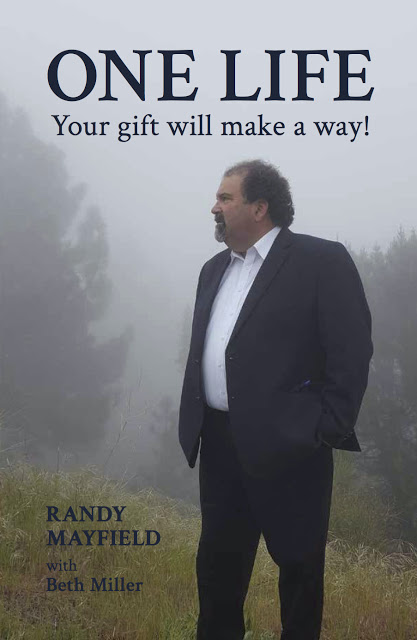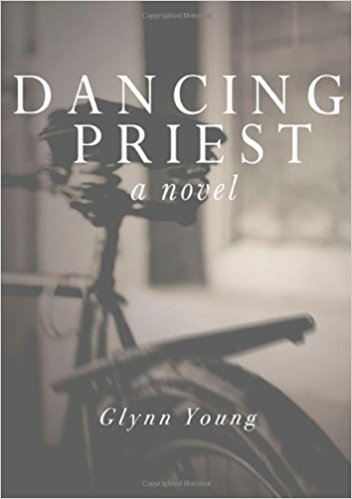
After Dancing Priest was published in late 2011, I received an email from a reader in Seattle. He liked the book. He liked the book so much that he said it should be required reading for young men under the age of 20.
He said this, he said, because the character of Michael was all about standing firm and true in the face of adversity. “There’s a nobility in the character of Michael Kent that we should all aspire to.” That character is demonstrated in large things, like an Olympic tragedy, and in smaller things, like taking in a motherless eight-year-old boy.
By the second Novel, A Light Shining, Michael Kent has become Michael Kent-Hughes, husband of Sarah. He wears his wealth lightly. Finding his family in Italy, instead of doing the legal thing, he does the right thing. And he faces the great personal adversity of any in the five novels, when he nearly dies. In fact, for a significant section of the book, Michael is unconscious, and the focus shifts to Sarah.
In Dancing King, with Britain in physical shambles, Michael could have walked away from family responsibilities and the royal invitation that’s fallen to him. But he doesn’t take the easy way out. Months before the coronation, he learns that he’s facing serious opposition and a pile of dirty tricks. He and the staff he’s selected to work with him meet each one head one, turning potential adversity into advantage.

Michael, as head of the Church of England, finds himself engulfed in a church mega-scandal in Dancing Prophet. The church scandal begins to erupt at the same time the Greater London Council reaches a political impasse, budgets expire, and the transport and sanitation workers go one strike. Michael is all of 30 years old in the story, but his sense of responsibility carries him forward.
As the last of the series, Dancing Prince, begins, Michael is 35. He’s effectively the nation’s czar, parliamentary government having collapsed some years earlier. His sense of responsibility is still carrying him forward, but there are cracks, especially in his family life. He and Sarah have grown apart; trouble is brewing in their marriage. The flashpoint becomes their youngest child, Thomas, and one incident will haunt the family for the next 20 years.
This is a somewhat different Michael than the theology student and cycling enthusiast in the first story. He knows that the pressures of his position are allowing his family to slip through his fingers. He’s physically, mentally, and emotionally exhausted. People are talking about Sarah avoiding evening activities at the palace. And one person, their youngest child, will bear the brunt of the estrangement.
Much of the younger man remains, but this is a man who’s been shaped, and sometimes mauled, by the job. In the previous stories, he was something of an idealized character. In the last one, he becomes more real.
Top photograph by Benjamin Rascoe via Unsplash. Used with permission.









